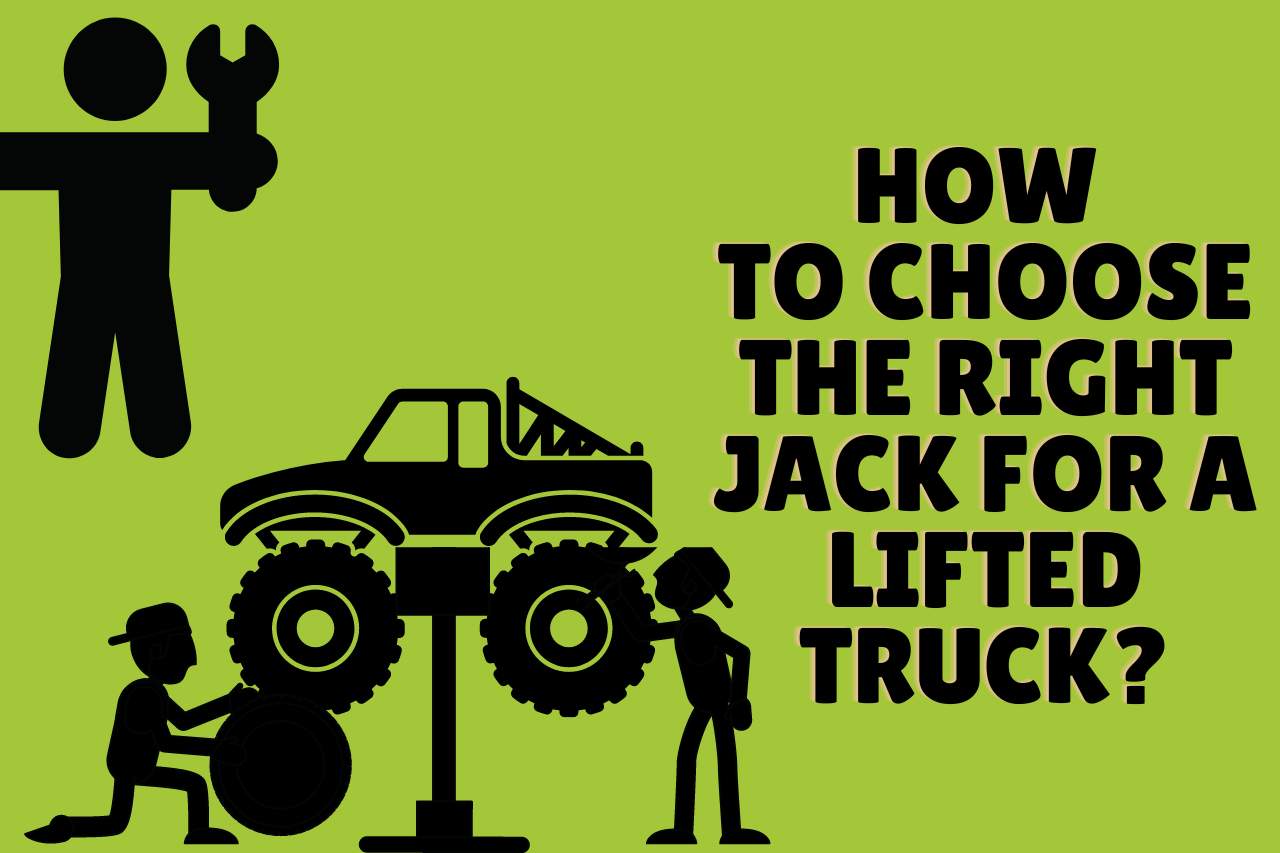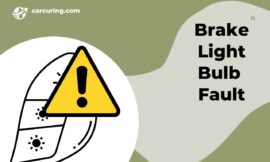Usually, jack-up means rising or pulling up something. But it is the method of lifting a vehicle off the ground using a jack when it comes to vehicles. However, anyone could wonder what the necessity of jacking up is. If you wish to maintain your vehicle properly, jacking up is essential to access the important vehicle parts under the body. It is for both the protection of the passengers and the vehicle. However, jacking up a lifted truck differs from ordinary vehicles such as cars and vans. Lifted trucks are becoming immediately popular nowadays as they have unique features. In this article, let’s see how to properly jack up a lifted truck.
What is a Lifted Truck?
A lifted truck is a truck that has been lifted around 1-3 inches from the ground. Because of this jacking up a lifted truck has some different techniques that should be used. As this is lifted from the surface, it gives more clearance on the ground. According to many vehicle companies, this technique has many purposes.
Generally, the added ride height gives a more visible view to the driver; therefore, it is somewhat beneficial in consideration of road accidents. Typically, there are three main types of lifted trucks. ‘Leveling’, lifts the front of a truck into a few inches.
This reduces the braking pressure and decreases the fuel economy. However, leveling a truck is costly, and you should be aware of using quality equipment. Secondly, the coil overs.
Coil overs are like shock absorbers that prevent your vehicle from crashing when you drive. In some cases, coil overs lead to uncomfortable rides due to the poor quality of the installation; lastly,’ Dropdown’ is lifting your truck off the ground with six extra inches.
Increased visibility and more ground clearance are added advantages of this process, which also costs a bit.
Why Do you Need to Jack Up a Lifted Truck?
As mentioned above, the frequently asked question is, ‘why do we need to jack up a lifted truck?’ Generally, as the jack-up lifts the vehicle, it makes a clear path to reach underneath your vehicle. Therefore, jacking up is essential to repair the bottom part of your vehicle.
Another obvious reason to jack up is to change a tire. It is quite common in lifted trucks. Other than that, jacking up occurs during the maintenance of a vehicle. As an example, to renew the engine oil.
However, if you wish to jack up your lifted truck, you must be ensured with the support of it before use. Using damaged jacks causes both vehicle damage and personal injuries.
Jacking up a lifted truck is riskier than the other vehicles, especially because of the truck’s height. Without proper support, the vehicle has a greater chance of falling. Therefore, it is important to jack up your truck on an even floor without slipping off the jack.
Moreover, the most common problem is jacking up beyond the capacity of the jack. Be aware of your jack’s capability before you use it.
How to Choose the Right Jack for a Lifted Truck?
You may already know the variety of jacks that use today. Yet when it comes to a lifted truck, you should use the suitable jack to obtain the best results. First, you have to find the gross weight of your truck.
The most important part to consider when buying a jack is how high it can lift. There are two main jacks that you can use. Suppose you wish to buy a bottle jack, the size matters. Therefore, choose the best weight capacity.
Choosing a floor jack is also similar to a bottle jack. Be aware of your truck’s vehicle and check the capacity of the jack, which should at least reach about three-quarters of the vehicle’s overall weight.

However, the weight capacity and height requirements matter to lift a lifted truck safely. The weight capacity runs from about 3000lbs upto more than 70000lbs while the height capacity ranges from 1.5 to 6 inches.
The height of your jacking up depends on your driving habits. In the meantime, consider the weight of your truck, and then decide on the most suitable jack for your truck.
Do you Jack Up the Front or Back of a Truck First?
This is a critical question. In general, you will want to start jacking up from the front of the vehicle. The front end of four-wheel drive trucks can be lifted by placing a jack under the differential. Yet some argue that It is also can be carried by the back. However, to find the best answer, you should meet up with the manufacturer and do what he recommends.
How to Jack Up a Lifted Truck Safely?
There are simple, easy steps to follow to lift a truck safely. The first step is choosing the right jack to lift your truck’s weight. Quality products are also vital for safety. Then, locate your truck on suitable ground.
Parking on a hard, concrete surface is much better. After that, find the correct spot and make sure the vehicle transmission is in the park.
Next, chock your truck which prevents it from rolling. Usually, block the opposite side of the truck you want to lift. Then look for the jack point where you want to lift and place the jack underneath it.
Once the jack has a perfect grip on the jack point, you can lift it. Place a jack stander near the jack for safer work.
However, choosing the correct jack stands and chocks are essential as it is quite dangerous.
You need at least two chocks, and you should look for a jack point under the frame. This will not roll the vehicle, protecting it from vehicle and human damage. As mentioned, the risk of slipping and tipping a truck is high, as it can cause serious injuries.
Is It OK to Jack Up a Truck by the Axle?
Yes, you can jack up a truck safely using an axle. Simply check your jack capacity and ensure your truck is immobile. Then place your jack on the axle and slowly jack up your truck.
The axle of your truck carries the entire weight of the vehicle. Axle stands can hold the vehicle under stress which will not lead to falls., Therefore you can understand the safety it brings out.
How to Lower a Lifted Truck Safely?
Here are the steps. As you have already lifted the truck, the vehicle will rest on the jack stand. Again bring back the jack and place it near the jack stand.
Lift the jack until it comes to the jack point. Then pump your jack a few inches more than the jack stands where you can easily remove the jack stand. After that, slowly remove the jack, and the truck will be on the ground.
This is also crucial when lifting trucks as it can also bring vehicle damage. Most importantly, when lowering, ensure your jack stands are in position because if not, the vehicle may fall down. As explained, choose a suitable jack because uneven weight distribution can also lead to serious injuries.
If the jack cannot hold the truck’s weight there, the capacity is lacking. Also, hydraulic failure is common in jacks. This fails to lift a heavy weight, bringing unfortunate damages like falling, skippering, and tipping.
Watch this one,
Video Credits – PowerStroke Tech Talk w/ARod
You May Also Like
![[DIY Guide] Resetting the Low Washer Fluid Light and Saving Money](https://carcuring.com/wp-content/uploads/2023/03/how-to-reset-low-washer-fluid-light-270x162.jpg)

